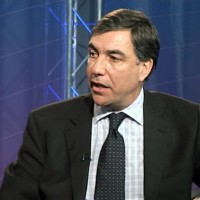
As of 1 February 2018, the cost of a two-year BTL tracker with a 60% and 70% loan to value (LTV) was 3% higher than it was in November 2017.
The Mortgage Brain data showed that rates for the two-year trackers at the beginning of February stood at 1.79% and 2.14% respectively – with the 3% rise equating to an annualised increase of £216 on a £150,000 mortgage.
The cost of an 80% LTV two-year fixed at 3.44% in February was 2% higher than November figures, while the 60% and 70% LTV two-year fixes, and the 70% LTV three-year fixed have all increased by 1%.
However, longer term borrowers have room to cheer, as the cost for 70% LTV five-year fixed deals decreased 2%, and five-year fixes for 60% and 80% LTVs fell by 1%.
Product expansion
Despite the rate and cost fluctuations, the BTL sector has witnessed jumping product numbers and availability over a 12 month period.
During 2017, overall product availability increased by 721 products, or 32% – leaping from 2,238 in January 2017 to 2,959 as of 15 January 2018.
Mortgage Brain chief executive officer Mark Lofthouse (pictured) commented: “It looks like the Prudential Regulation Authority changes, coupled with what could be seen as the start of a number of interest rate rises, is starting to affect the cost of mainstream BTL mortgages.
He continued: “Buy-to-let product numbers are at a new high, however, and there are still pockets of cost reductions and savings to be had for potential landlords and property investors.”
“With the BTL market set to become even more complex in 2018, though, we might be on the start of a new path in terms of mortgage cost movement compared to the past few years,” added Lofthouse.
The Bank Base Rate was raised from 0.25% to 0.5% in November 2017, where the Bank of England (BoE) said it expected two further rises of 0.25% over the next two years.
However, given updated outlooks on the economy, interest rates, and inflation – economists are expecting earlier than previously forecast rate hikes coming as soon as May, with some predicting as many as three to four rate rises over the two year period.














